Grandidier’s Baobab Tree
- October 11, 2023
- 0 comment
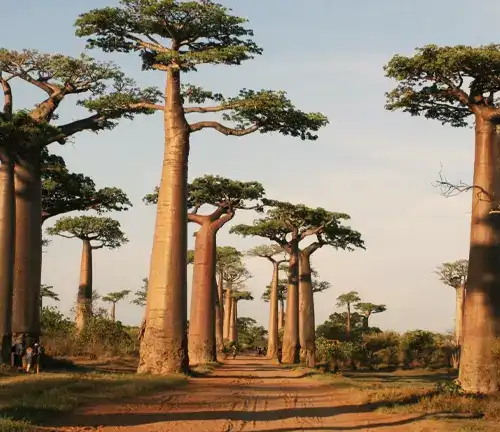
Grandidier’s Baobab Tree, scientifically designated as Adansonia grandidieri, is a botanical marvel that graces the arid landscapes of Madagascar, embodying both the natural grandeur of the island and the resilience of its flora. Reverently named after the French botanist Alfred Grandidier, this iconic tree is a member of the Adansonia genus, recognized for its distinctive stout, bottle-shaped trunk and sinuous, root-like branches that reach towards the sky. Towering majestically, the Grandidier’s Baobab can attain heights of up to 30 meters, and its impressive trunk can measure nearly 10 meters in diameter. The bark, smooth and grayish-brown, conceals a unique, fibrous interior with an extraordinary capacity to store water, an adaptation crucial for survival in the often-dry regions it inhabits. During the dry season, the tree sheds its leaves, revealing a stark yet enchanting silhouette against the backdrop of Madagascar’s diverse terrain.
Beyond its aesthetic allure, Grandidier’s Baobab fulfills a vital ecological role, serving as a sanctuary and sustenance source for various species. The expansive branches provide shelter for lemurs and birds, highlighting the intricate web of life woven around these arboreal giants. Unfortunately, the species faces looming threats from deforestation and the impacts of climate change, underscoring the urgent need for conservation initiatives to preserve this botanical wonder. In essence, Grandidier’s Baobab not only stands as a symbol of Madagascar’s rich biodiversity but also serves as a poignant reminder of the delicate equilibrium between nature and human influence. The story of this remarkable tree is an invitation to appreciate the intricate dance between the environment and the organisms that inhabit it, emphasizing the importance of sustainable practices and the safeguarding of Earth’s natural wonders for future generations.
| Characteristic | Description |
| Scientific name | Adansonia grandidieri |
| Height | 25 to 30 m (82 to 98 ft) |
| Plant type | Deciduous tree |
| Hardiness zones | 10-12 |
| Growth rate | Slow |
| Sunlight requirements | Full sun |
| Soil type | Well-drained, sandy soil |
| Blossoming Season | Typically blooms between April and November. |
| Flowers | Large, white, and nocturnally fragrant flowers. |
| Fruit | Large, egg-shaped fruit with a hard, woody shell. |
A Brief History
Grandidier’s Baobab Tree, formally known as Adansonia grandidieri, stands as a living testament to Madagascar’s botanical richness and the intricate dance between nature and culture. Named in honor of the French botanist Alfred Grandidier, these iconic trees have woven their roots into the island’s history and landscape, with a legacy that spans centuries.
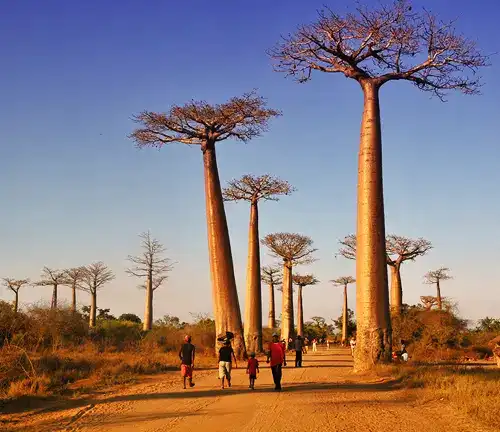
Color/Appearance
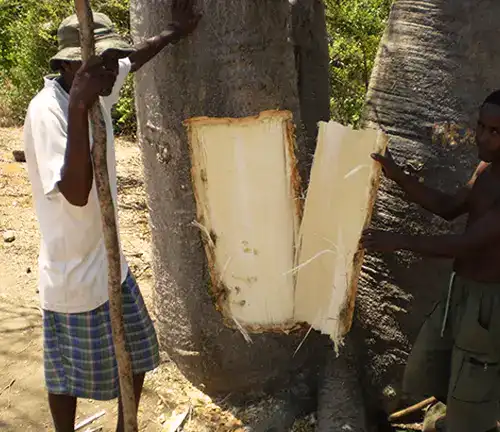
The Grandidier’s Baobab presents a striking visage against Madagascar’s backdrop with its smooth, grayish-brown bark and branches that extend like ancient roots into the sky. During the dry season, this majestic giant sheds its leaves, revealing a stark yet captivating silhouette, creating a visual symphony that captivates onlookers.
Unique Features
What sets the Grandidier’s Baobab apart are its colossal dimensions. Reaching up to 30 meters in height and boasting a trunk diameter of nearly 10 meters, these trees are veritable botanical giants. The bottle-shaped trunk, gnarled branches, and large, fragrant flowers contribute to its distinctive and awe-inspiring appearance.
Ecological Importance
Beyond its aesthetic allure, Grandidier’s Baobab plays a pivotal role in Madagascar’s ecosystem. The expansive branches provide shelter for various species, including lemurs and birds. The tree’s ability to store water in its fibrous interior is a crucial adaptation that allows it to thrive in the arid regions it predominantly inhabits.
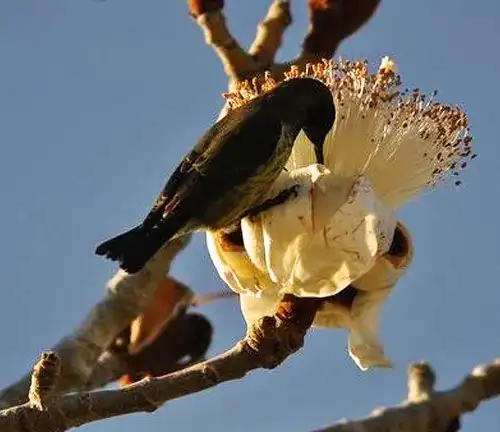
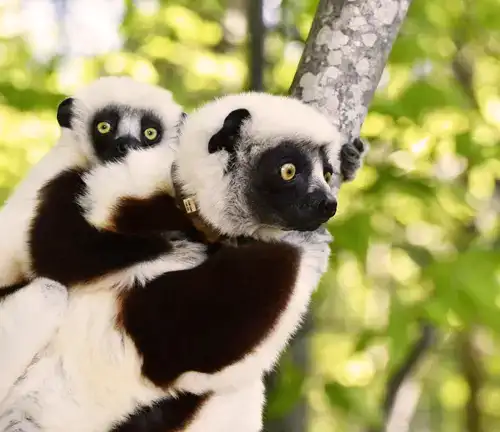
Adaptation and Resilience
The baobab’s ability to survive in challenging environments is a testament to its remarkable adaptations. Its fibrous interior not only stores water but also aids in its resilience during periods of drought, making it a hardy survivor in the face of adversity.

Cultivation and Care

Cultivating Grandidier’s Baobab outside its native habitat requires careful attention to its specific needs. While it can adapt to various soil types, ensuring proper drainage is essential. Additionally, providing adequate water during the growing season helps support its optimal development.
Cultural and Historical Significance
Embedded in the cultural fabric of Madagascar, Grandidier’s Baobab holds a special place in local myths and legends. Its presence in the landscape has inspired artists and storytellers, becoming a symbol of endurance, strength, and the interconnectedness of life.
Wood Products and Applications
The wood of the Grandidier’s Baobab, though not as commonly used as that of some other baobab species, finds applications in local communities. From crafting tools to constructing shelter, the wood serves practical purposes, embodying the sustainable relationship between the tree and the communities that coexist with it.

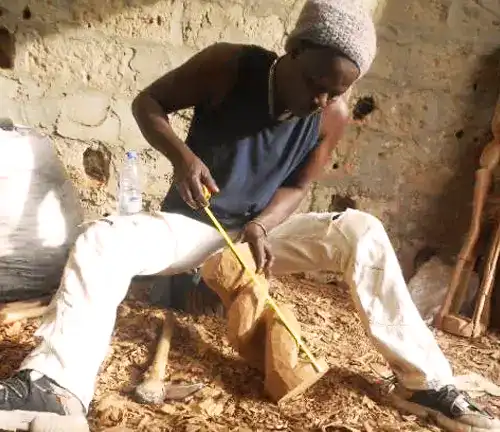
Other Uses
Apart from its wood, various parts of the baobab have been utilized by locals for centuries. The fruit, rich in vitamin C and other nutrients, holds nutritional value and is consumed as a food source. Additionally, the tree’s large flowers contribute to traditional medicinal practices.

Threats and Conservation
Despite its resilience, Grandidier’s Baobab faces threats from deforestation, habitat loss, and climate change. Conservation efforts are crucial to ensuring the survival of these iconic trees, with initiatives focused on protecting their habitats and raising awareness about their ecological importance.
Benefits
The benefits of preserving Grandidier’s Baobab extend beyond its ecological contributions. Tourism, drawn by the allure of these magnificent trees, contributes to local economies. Additionally, the tree’s cultural significance fosters a sense of pride and connection among the Malagasy people.
Conclusion
Grandidier’s Baobab stands not only as a botanical wonder but as a living bridge between nature and culture. Its towering presence, rich history, and ecological importance underscore the need for concerted efforts in conservation. As we marvel at its grandeur, let us also commit to safeguarding this remarkable species, ensuring that future generations can continue to be captivated by the legacy of Grandidier’s Baobab.
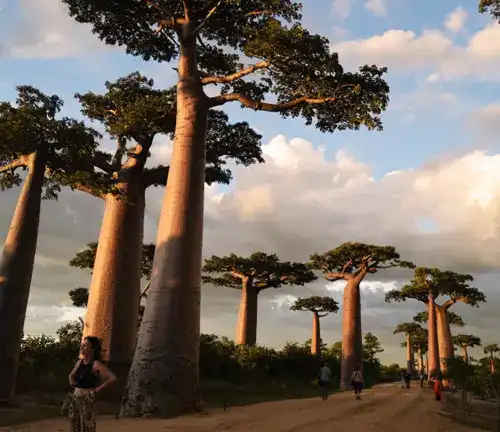
Frequently Asked Questions (FAQs)
- Why is Grandidier’s Baobab called the “Avenue of the Baobabs”?
Grandidier’s Baobab is often referred to as the “Avenue of the Baobabs” due to a famous cluster of these trees lining a dirt road in Madagascar. This iconic avenue has become a tourist attraction and symbolizes the uniqueness of this species. - Are there any medicinal uses for Grandidier’s Baobab beyond its fruit?
Yes, beyond its nutritious fruit, various parts of the Grandidier’s Baobab have been utilized in traditional medicine by local communities in Madagascar. The bark, leaves, and roots have been used for a range of therapeutic purposes. - What is the significance of Grandidier’s Baobab in local folklore and legends?
Grandidier’s Baobab holds a special place in Malagasy folklore and legends. It is often associated with stories of resilience and strength, and its imposing presence has inspired tales of mythical creatures and ancient spirits, adding to its cultural significance. - How long does it take for a Grandidier’s Baobab to reach its impressive size?
Grandidier’s Baobabs are known for their slow growth. It can take several hundred years for them to reach their towering heights and develop their distinctive, thick trunks. Some individuals are estimated to be over a thousand years old. - Are there any particular pollinators or animals responsible for spreading Grandidier’s Baobab seeds?
Grandidier’s Baobab relies on specific pollinators, such as bats, for the fertilization of its large, nocturnally fragrant flowers. Additionally, various animals, including lemurs and birds, consume the baobab’s fruit and disperse its seeds in the process, contributing to its ecological importance.


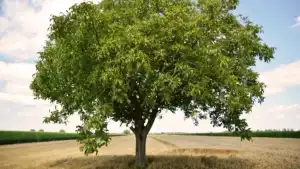
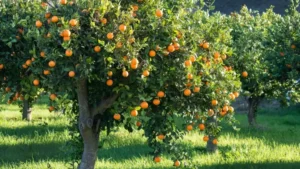


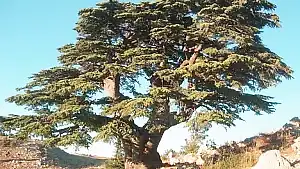
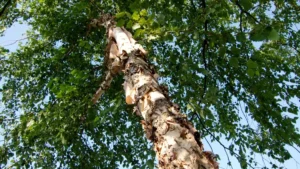
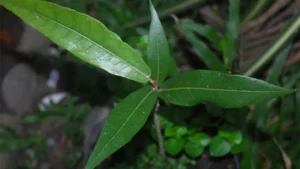
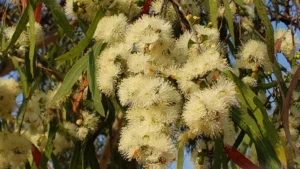
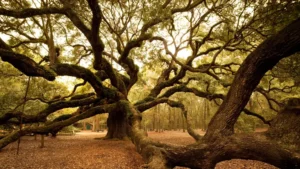
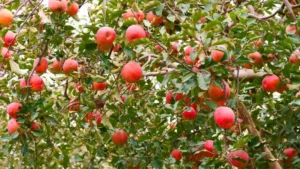
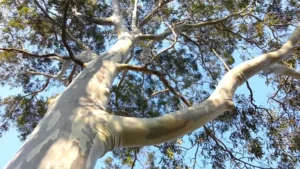

Leave your comment